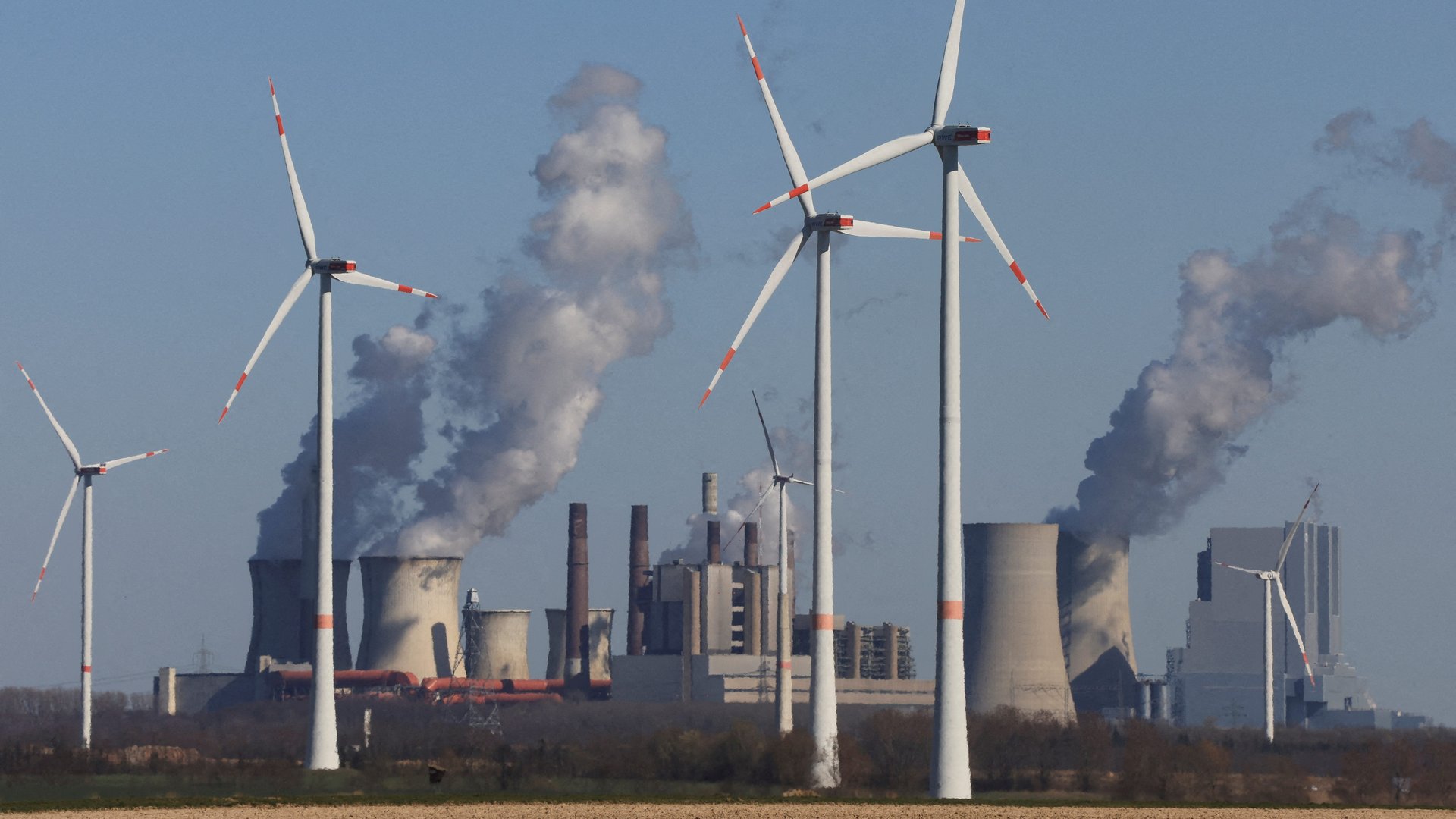Wind surpassed nuclear power in the US for the first time on March 29—and then did it again
On March 29, wind became the second largest source of daily electricity in the US, surpassing coal and nuclear for the first time on record. Just two weeks later, on April 12, wind power beat coal and nuclear again (but still trailing far behind natural gas).


On March 29, wind became the second largest source of daily electricity in the US, surpassing coal and nuclear for the first time on record. Just two weeks later, on April 12, wind power beat coal and nuclear again (but still trailing far behind natural gas).
The twin milestones highlight the rise of renewable energy and the fall of coal in the US. The country’s combined wind and solar output doubled in the decade between 2008 and 2018, while coal electricity generation fell by more than half over the same period. Since March 2019, wind and solar output have nearly doubled again, according to data from the US Energy Information Administration.
Wind power peaks during spring gusts
Wind power gusted ahead of coal and nuclear on March 29 and April 12, but on most days it remains the US’s fourth largest source of electricity. Yet wind is closing the gap. The US installed a record quantity of wind turbines in 2020, and analysts at S&P Global Market Intelligence expect the country to break new records for wind turbine installations in 2022.
This added capacity has put wind within striking distance of coal and nuclear power in terms of daily output. On the windest spring days, when wind output is typically highest, turbines now produce more power than coal and nuclear plants.
But natural gas remains the dominant (and growing) energy source in the US, despite a US goal of net-zero emissions no later than 2050 (and carbon-free electricity by 2035). The US Energy Information Administration predicts renewables will still make up just 44% of the US energy mix by 2050, up from 21% in 2021. If the US net-zero targets are going to succeed, the country will need far more months like this past March.